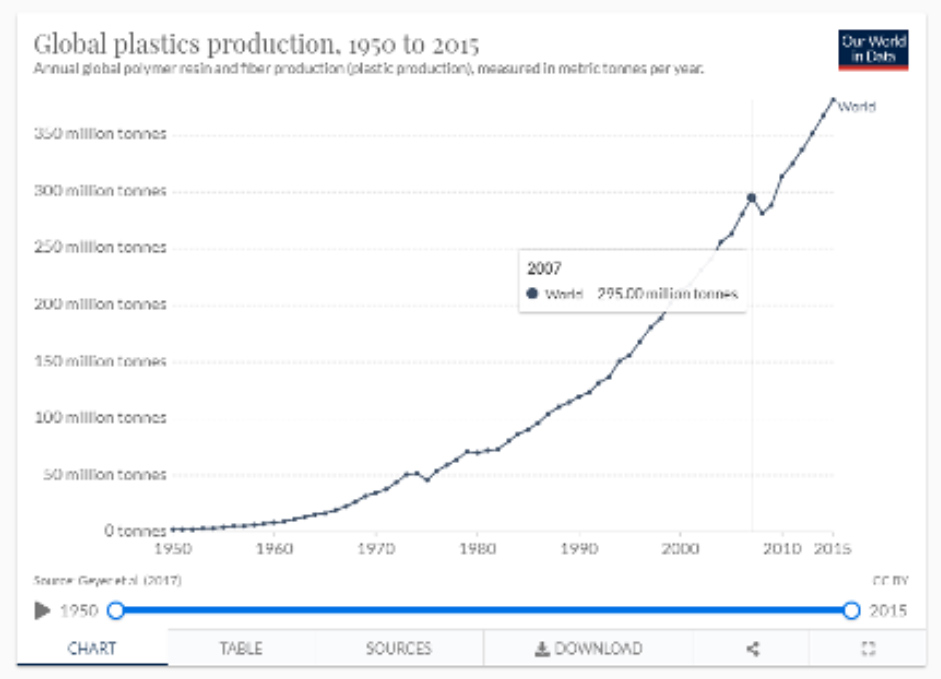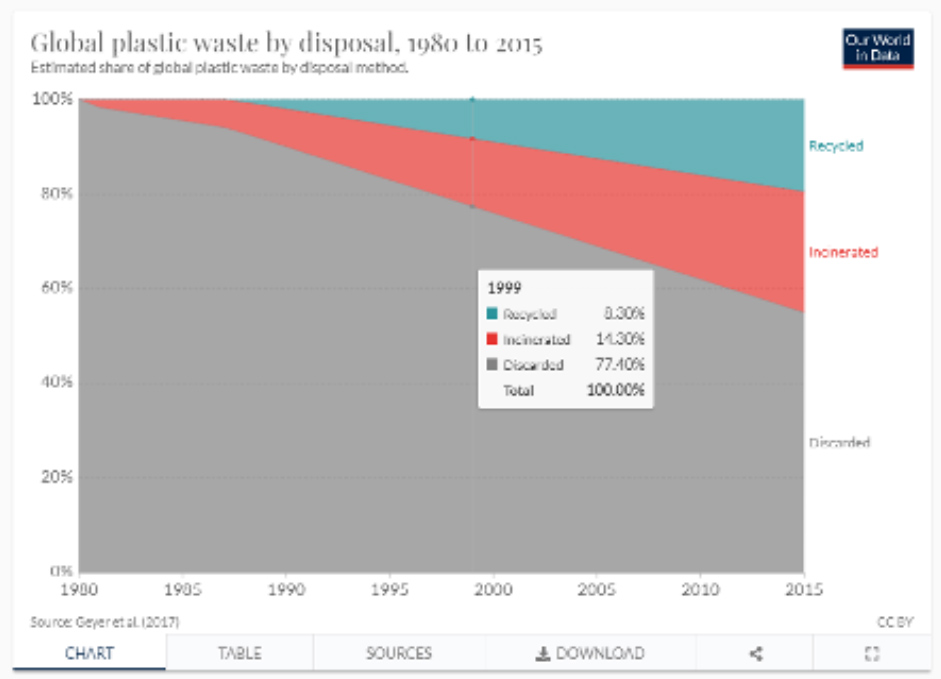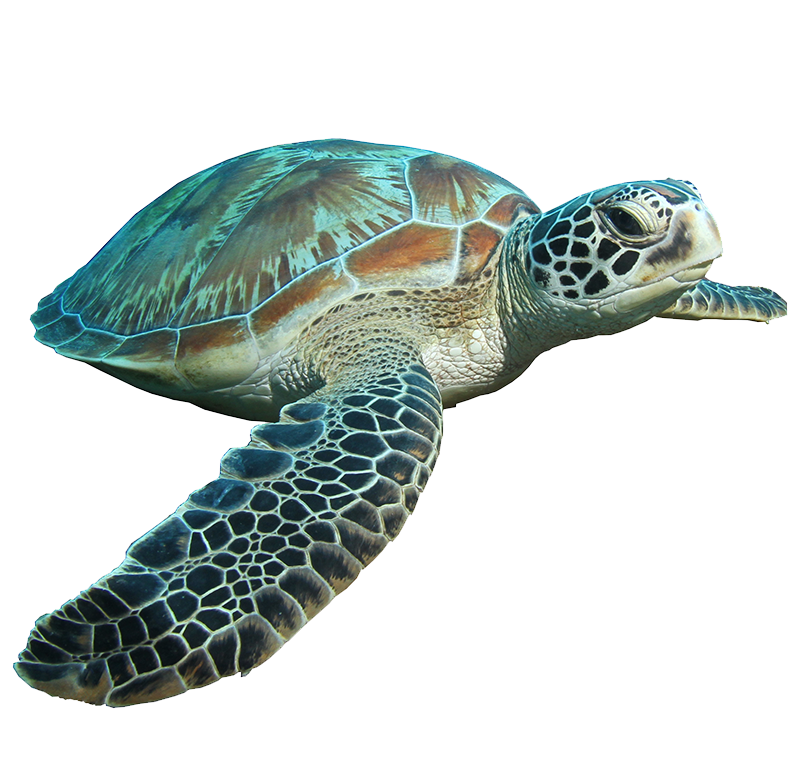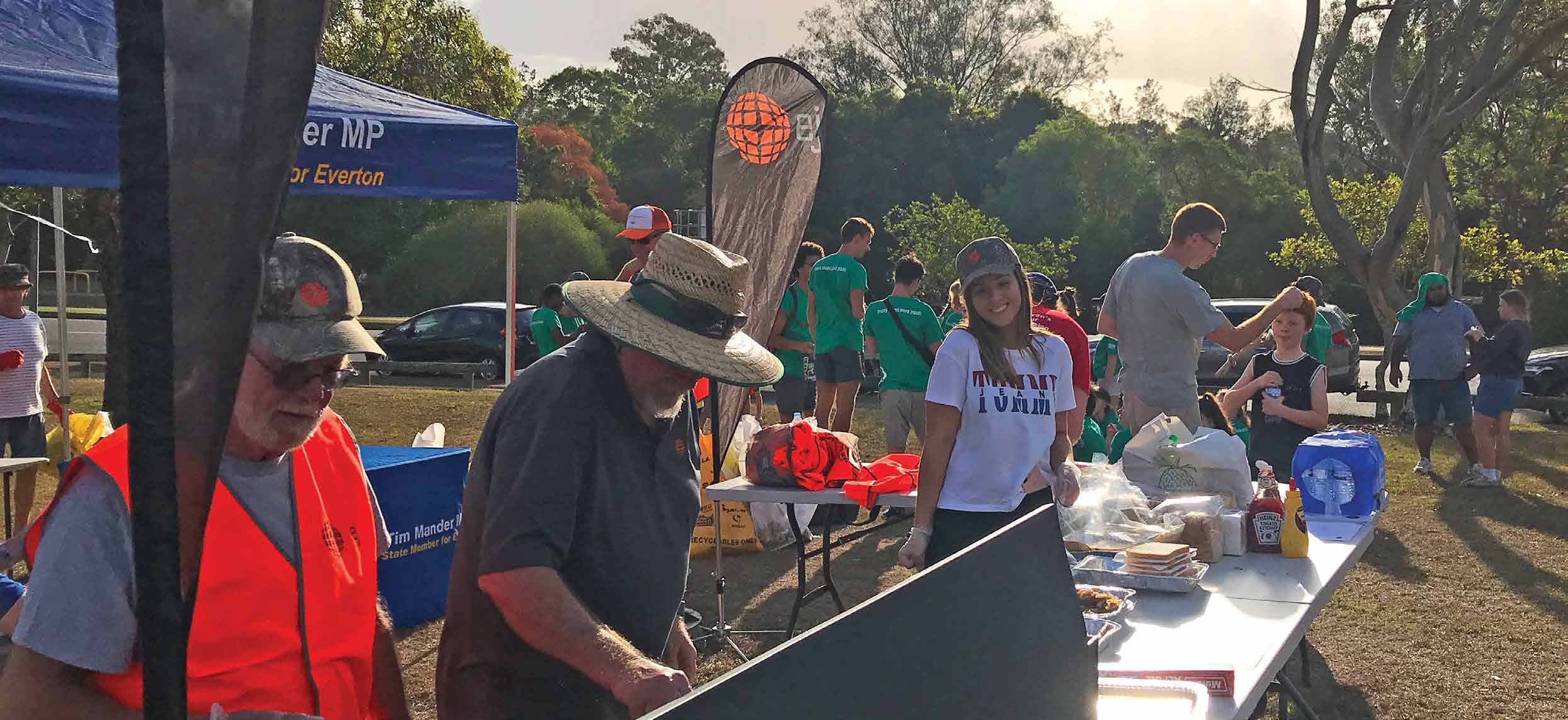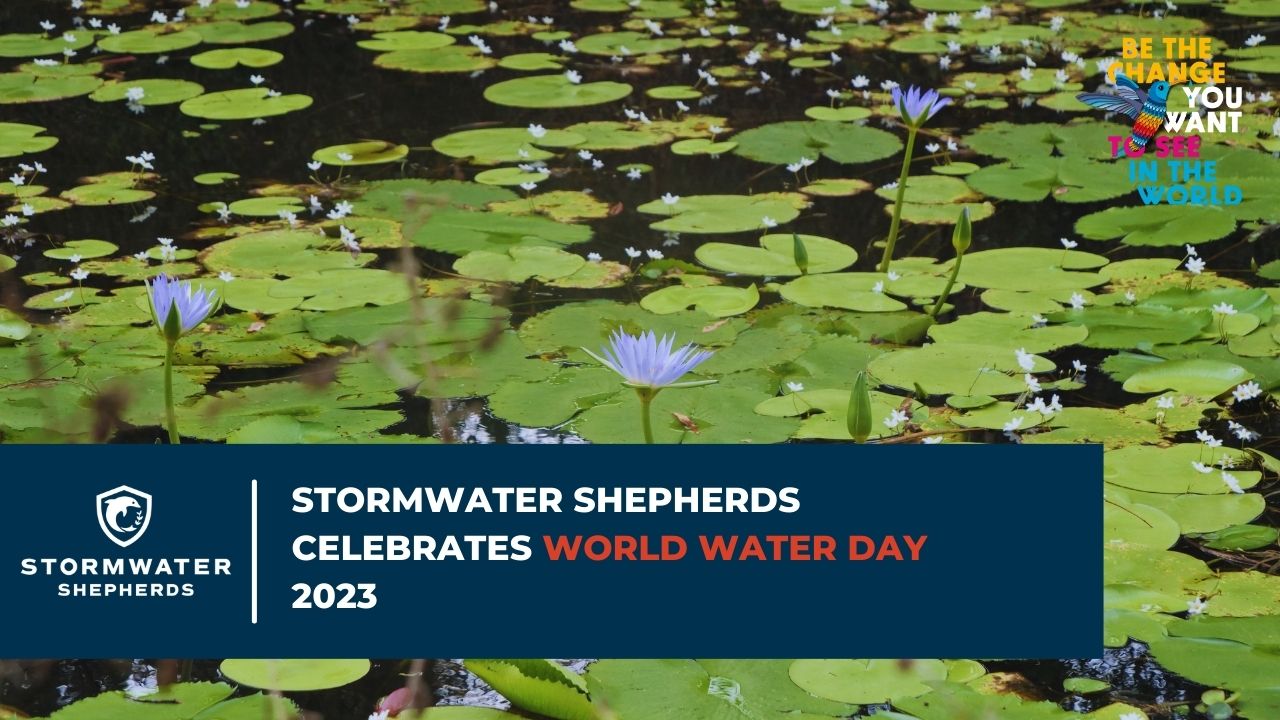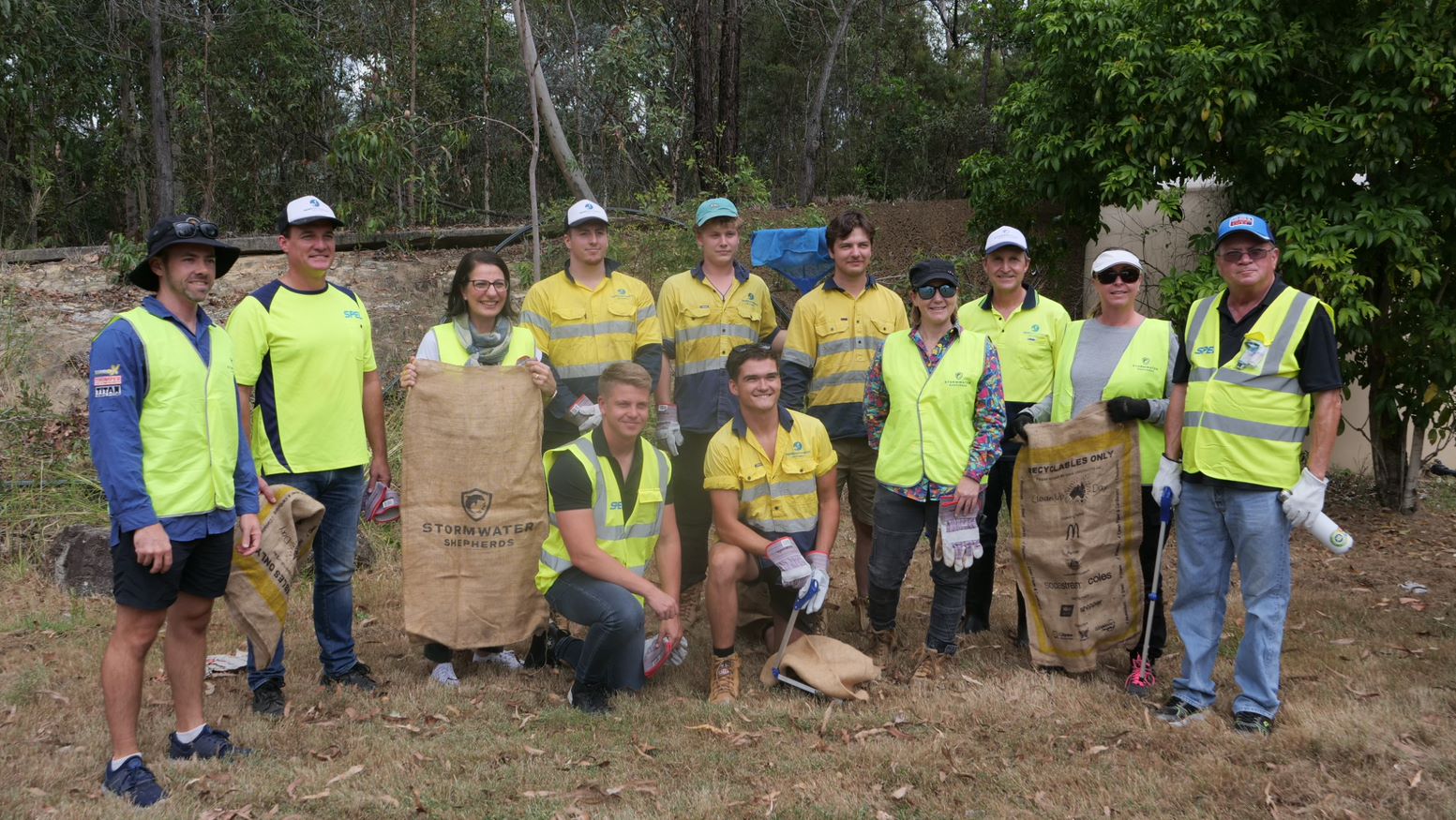EDUCATION
Through education we can drive change. Stormwater Shepherds seeks to not only generate awareness of the problems caused by plastic and urban pollution, but provide alternatives to single use plastic and solutions to remove rubbish before it reaches our precious waterways.
Facts
Plastic Pollution
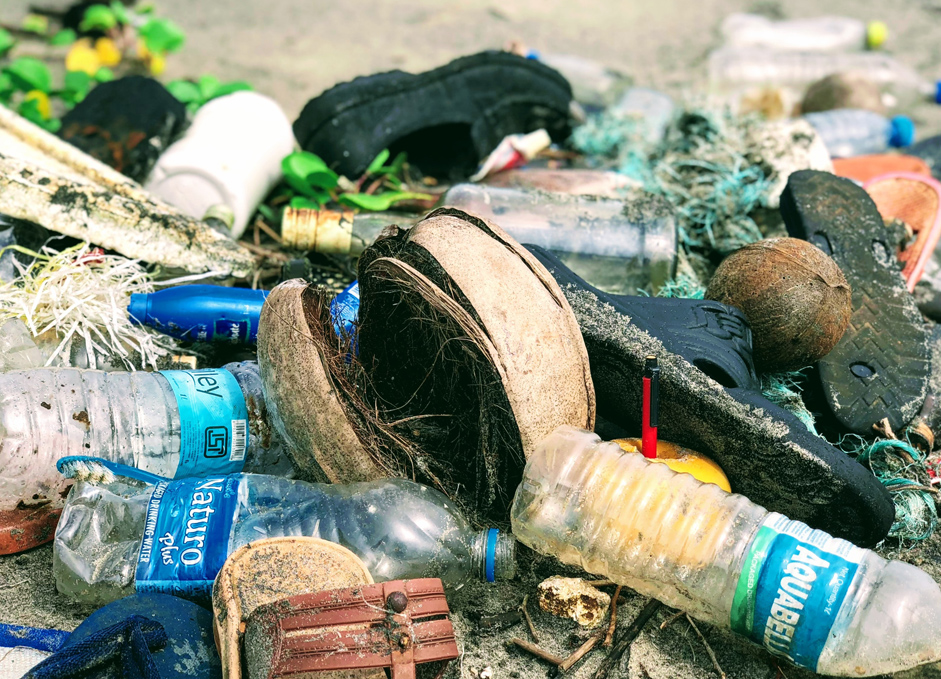
What is it?
Bottles, disposable cutlery, straws, containers, wrapping, fishing line, tyres and of course plastic bags. The accumulation of synthetic plastic products to the point where they create a problem for our wild, marine and human life.
Plastic Pollution
What is it?
Bottles, disposable cutlery, straws, containers, wrapping, fishing line, tyres and of course plastic bags. The accumulation of synthetic plastic products to the point where they create a problem for our wild, marine and human life.
What are the numbers?
According to Statista the world is currently experiencing a plastic epidemic, producing 348 million tonnes each year, in comparison to 1.5 million tonnes in 1950. Sadly, around 77% of that is discarded, with a large percentage carried or dumped into our waterways.
Although it’s difficult to pin down an exact number for this ever-growing statistic, the estimates are around 8 million tonnes of plastic enters our lakes, rivers and oceans annually. This joins the 150 million metric tonnes already there.
World Plastic Production: Source
World Plastic Disposal: Source
Facts you might find hard to swallow
- Plastic bags can take up to 20 years to decompose in our waterways, plastic bottles up to 450 years
- Every minute, one garbage truck of plastic is dumped into our waterways
- The average person consumes around 70,000 bits of microplastic each year
- Plastic is killing more than 1.1 million sea birds and animals every year, much of this due to consumption
- By 2050 there will be more plastic in our water than there will be fish
- Many marine organisms can’t distinguish common plastic items from food, so they eat it and often starve when it fills their stomach
The Great Pacific Garbage Patch
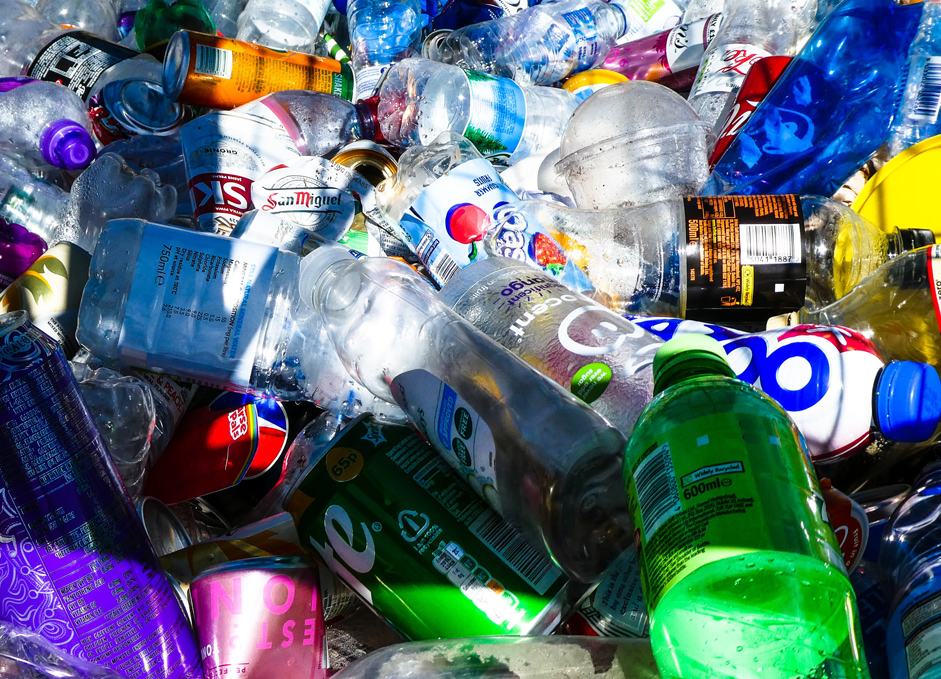
First brought to our attention in 1997 by Captain Charles Moore, the Great Pacific Garbage Patch is collection of marine debris, mostly plastic, located in the central North Pacific Ocean. It is however, more than just a ‘patch’. This man-made gyre has a has a current surface area of around 1.6 million square kilometres …
The Great Pacific Garbage Patch
First brought to our attention in 1997 by Captain Charles Moore, the Great Pacific Garbage Patch is collection of marine debris, mostly plastic, located in the central North Pacific Ocean. It is however, more than just a ‘patch’. This man-made gyre has a has a current surface area of around 1.6 million square kilometres and is surprisingly more like a ‘soup’ of confetti-sized plastic pieces than a solid mass. Because of its low density (4 particles per cubic metre) it is often undetectable by satellite, casual divers, or boats.
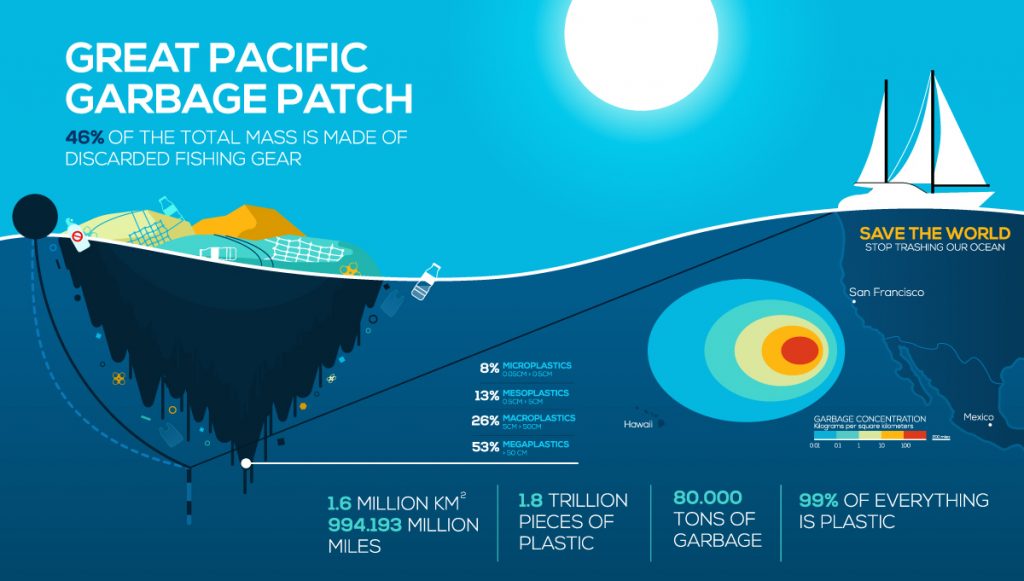
The trash originates primarily from the Pacific Rim – countries in Asia, North America and South America, and the patch is divided into two areas: the Eastern Garbage Patch between Hawaii and California, and the Western Garbage Patch extending eastward from Japan to the Hawaiian Islands.
Collectively, it’s anticipated to weigh the equivalent of 500 jumbo jets and is believed to have grown progressively since the 1970s.
How does plastic get into our oceans?
80% of the debris from the Great Pacific Garbage Patch comes from the land, carried into the ocean through our stormwater systems, or from the illegal dumping of garbage and appliances. Linked together by the North Pacific Subtropical Convergence Zone – the place where warm water meets cool, the zone creates an aquatic highway funnelling debris from one patch to another. The circular motion of the outer gyre moves debris into the calm and stable centre where it is trapped.
Plastic makes up most of the contents of The Garbage Patch. Firstly because it takes a considerable time to break down – if at all, and secondly, because it’s low cost, durability and malleability mean it is used more commonly used for disposable consumer and industrial products.
Stormwater Levy
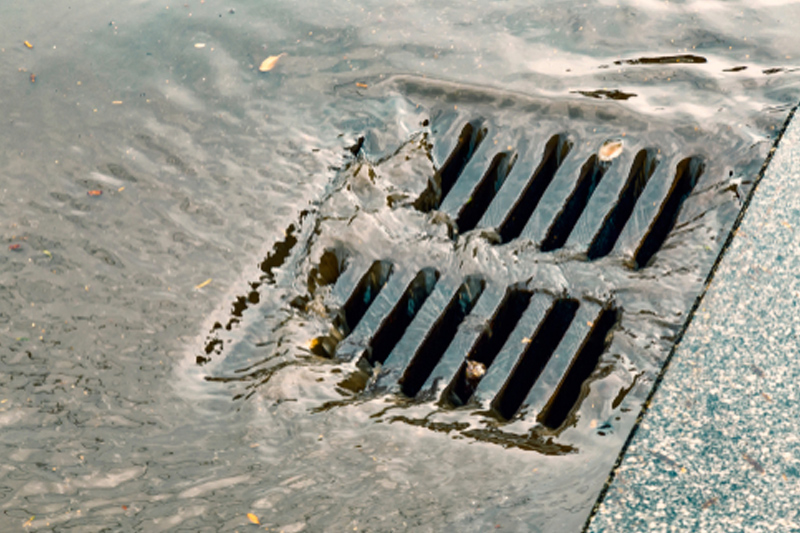
What is a Storm Water Utility Charge? Is it legal and why you should advocate for it…
Stormwater Utility Charge
Like a potable charge, our drinking water, a stormwater utility fee is a fair user-pays charge for private and commercial property’s impact on stormwater runoff. If and when adopted the charge will probably appear on our quarterly rates notices. The charge is commensurate to the cost of managing a property’s stormwater from its impervious surface.
Yes. Although it is at the discretion of individual councils and state governments across Australia. It is a fair and equitable way to share the cost of this vital public service.
Most German cities have adopted an imperviousness or hard surface charge – a fair polluter-pays fee. To increase water quality and decrease water quantity – flooding, nearly 3,000 councils in the USA and over 40 in Canada have embraced the charge to manage ever-ever-increasing prices for maintenance and capital works.
Currently, 80% of the pollution in our waterways comes from the land, with much of it collected and carried through our stormwater infrastructure. A small utility charge will enable councils to capture and maintain plastic, rubbish and urban road run-off pollution before it hits our precious lakes, rivers and oceans.
For less than a cup of coffee per week, you can help to save our planet and the imminent mass extinction of so many precious lifeforms.
Alternatives to Single Use Plastic

Drink Bottles

Disposable Plates

Bottle Tops

Coffee Cups

Toothbrushes

Containers

Utensils and cutlery

Plastic Bottles

Straws
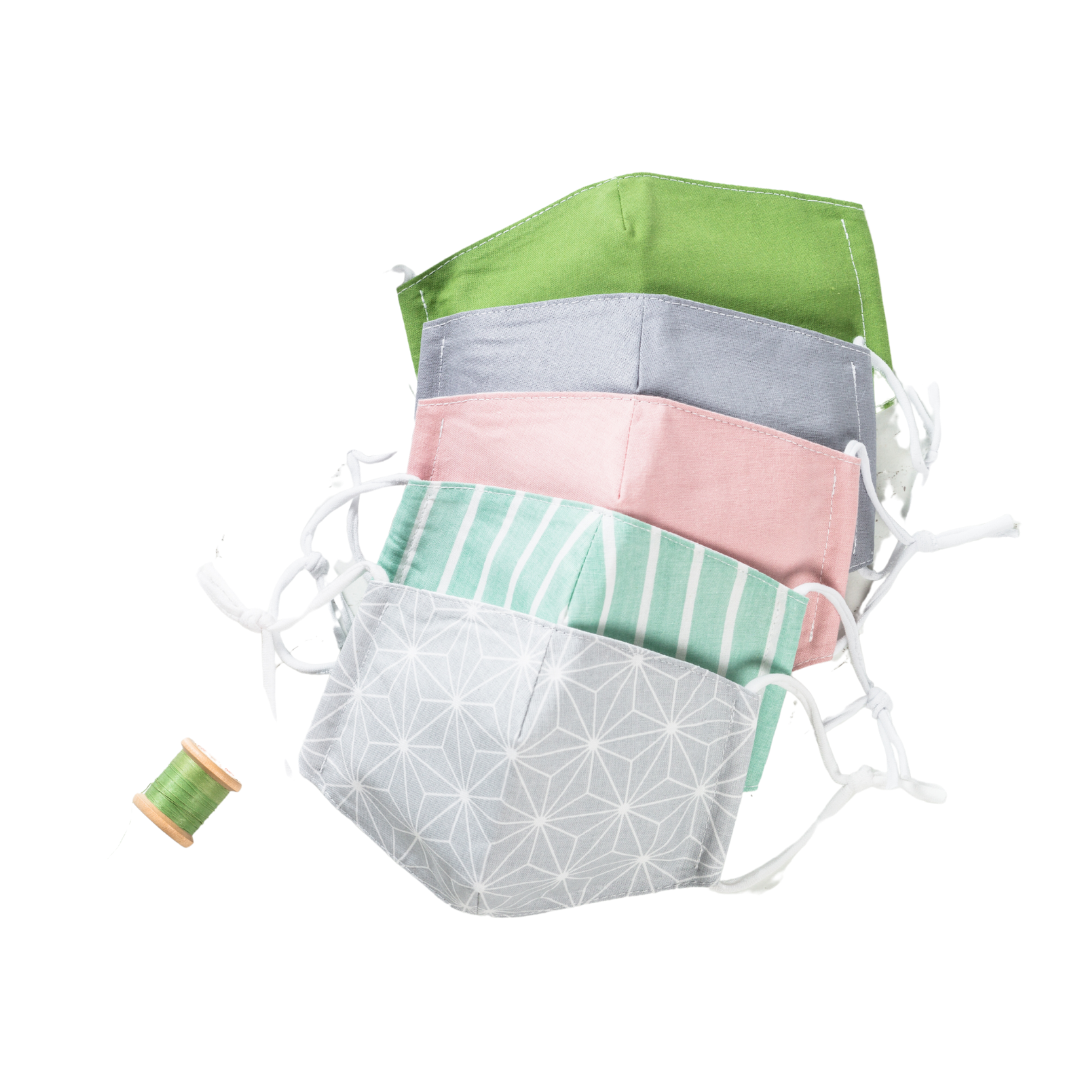
Masks

Plastics bags
Drink Bottles
Single Use Plastic bottles are hands down, the biggest pollutant in our waterways. Opt instead for a re-usable option. Classier and better for the environment
Disposable Plates
Sometimes disposable is the best choice, so replace plastic for a renewable and biodegradable alternative like bamboo, sugarcane pulp or even naturally fallen leaves from the Areca Palm tree.
Bottle Tops
Remove this image please – it’s actually plastic. I’ll need to find a metal one.
Coffee Cups
Who doesn’t enjoy a barista made coffee – but our daily ‘fix’ is adding 1 billion disposable cups to landfill every year! Replace it for a re-usable option. Stylish and more likely to keep your morning cuppa hot for longer.
Toothbrushes
Sadly, even if you do the right thing in its disposal, your toothbrush can’t be recycled – the bristles get caught in the machines. Opt for one with a re-usable handle or try one of the bamboo alternatives.
Containers
Throw away food containers are convenient and cheap, but they plastic and polystyrene options add significantly to the 8 billion tonnes of plastic in our oceans, lakes and rivers. Petition your local takeaway to replace their containers with sustainable, eco-friendly options.
Utensils and cutlery
We’ve all been distressed by images of marine life choking on our single use disposable cutlery. Replace plastics with re-usable options and spare our living creatures the pain and inevitable death.
Plastic Bottles
When available, choose an option that isn’t single use. Although some plastics are recyclable, it seems that 91% of what we use ends up in landfill or our waterways.
Straws
It’s just one straw – said 3 million people. That’s how many plastic straws end up in our oceans. Say no to single use plastic straws – or opt for the BYO alternative.
Masks
In times of crisis, it’s still important to consider where these disposable products end up. Clean-ups are now pulling thousands of masks and gloves our of our environment and water courses. Choose to re-use.
Plastics bags
20 minutes of use takes over 20 years to break down in our oceans – becoming tiny microplastics that fills the stomachs of our marine creatures and even us! Say no to single use plastic bags.

